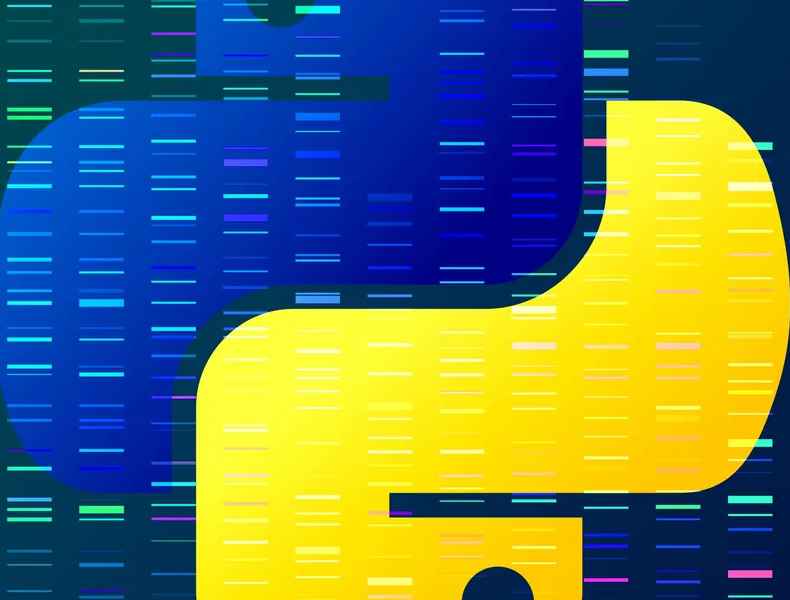Python’s popularity continues to soar in 2024, powered by its versatility, ease of learning, and expansive library ecosystem. As new technologies emerge and development paradigms evolve, Python remains central in industries ranging from AI and machine learning to web development and data science. This article explores the top trends and tools defining Python development in 2024, providing insight into how the language is adapting to meet modern demands and where it’s headed.
1. Increased Adoption of AI-Powered Development Tools
With AI rapidly transforming the software industry, Python developers in 2024 are witnessing a wave of AI-powered tools designed to streamline code generation, debugging, and performance optimization. Tools like GitHub Copilot, enhanced by OpenAI’s Codex models, allow developers to produce more code in less time by suggesting contextually relevant code snippets and even generating entire functions. These tools can accelerate development and improve code quality, freeing developers to focus on higher-level tasks.
In addition, Python IDEs and editors are incorporating AI-based features to predict potential errors, suggest improvements, and automate repetitive tasks. This makes the development process more efficient and reduces the time spent on bug fixes and code reviews.
2. Microservices and Cloud-Native Development
As cloud-native architecture gains momentum, Python is cementing its role in developing microservices and serverless applications. With frameworks like FastAPI and Django REST Framework, Python developers can build scalable, efficient APIs and deploy them seamlessly on cloud platforms like AWS Lambda, Google Cloud Functions, and Azure Functions. FastAPI, in particular, has become a go-to choice in 2024 for its asynchronous capabilities, speed, and ease of use when creating RESTful services.
Python’s compatibility with containerization tools such as Docker and orchestration platforms like Kubernetes also facilitates microservices adoption. This shift to cloud-native architecture is crucial for companies aiming to enhance agility, scalability, and resilience, making Python an attractive language for modern infrastructure.
3. Enhanced Data Science and Machine Learning Libraries
Python has long been the preferred language for data science and machine learning, and 2024 sees further innovation in this domain. Libraries like TensorFlow 3.0, PyTorch 2.0, and Scikit-learn 1.2 bring performance optimizations, multi-device support, and even easier API interfaces, empowering developers to build complex machine learning models faster.
Additionally, Python’s integration with distributed computing frameworks like Ray and Dask allows for scalable data processing and model training on large datasets. These tools are crucial for organizations working with big data or developing resource-intensive AI applications. Python’s continued dominance in the data science space stems from its extensive library support, active community, and integration with popular data visualization tools like Plotly and Matplotlib.
4. The Rise of Type Hinting and Static Typing
To address some of the language’s performance and maintenance challenges, Python developers in 2024 are increasingly adopting static typing and type hinting. Tools like Mypy and Pyright (from Microsoft) are widely used to catch type errors early, improve code readability, and support IDE features like intelligent autocompletion.
Python 3.12 introduces additional type hinting capabilities, making it easier for developers to specify variable types, even for complex data structures. This trend toward static typing is beneficial for larger teams and projects, as it reduces runtime errors, improves code quality, and makes codebases more manageable.
5. Async Python and Concurrency Improvements
The demand for faster, non-blocking code has driven Python’s development community to focus on asynchronous programming capabilities. Libraries like asyncio, Trio, and AnyIO are becoming standard in applications where high concurrency is essential, such as web servers, networking applications, and real-time systems.
Python 3.12 has introduced several enhancements to async functionality, making it easier to write high-performance concurrent code without sacrificing readability. With better async support, Python can efficiently handle tasks traditionally managed by languages like Node.js, providing developers with a single language for both backend and asynchronous tasks.
6. Security-Focused Python Development
As security threats become more sophisticated, Python’s role in cybersecurity continues to grow. In 2024, Python developers are increasingly utilizing libraries and frameworks dedicated to application security, such as Cryptography, Secure Socket Layer (SSL) libraries, and OWASP’s Application Security Verification Standard (ASVS) tools.
Additionally, dependency management and vulnerability scanning tools like Dependabot and Snyk are essential for monitoring Python packages and libraries for vulnerabilities. Developers are now more aware of supply chain attacks and are adopting best practices for securing their applications from the ground up.
7. Continued Growth of Python for IoT and Embedded Systems
Python’s lightweight implementations, such as MicroPython and CircuitPython, are driving its adoption in the Internet of Things (IoT) and embedded systems. These implementations allow Python to run on microcontrollers and other constrained devices, opening new avenues for Python development in smart home devices, wearables, and industrial IoT.
In 2024, Python’s role in IoT is further expanded by frameworks like Flask and MQTT libraries, which facilitate data transfer and remote device management. Python’s simplicity and readability are appealing for IoT prototyping, making it a favored language in this growing tech area.
8. Integration with Quantum Computing
With the ongoing development of quantum computers, Python has emerged as a leading language for quantum programming. Libraries like Qiskit (by IBM) and Cirq (by Google) allow Python developers to simulate and experiment with quantum algorithms.
Although quantum computing is still in its early stages, developers in 2024 are exploring Python’s role in solving complex computational problems that traditional computers cannot handle. Python’s integration with quantum computing frameworks positions it at the forefront of this groundbreaking field, setting the stage for further developments in the coming years.
Conclusion
Python’s versatility, extensive library ecosystem, and active community make it a powerful tool in the rapidly evolving landscape of software development. The trends shaping Python in 2024 — from AI-powered tools to microservices, static typing, and quantum computing — highlight its adaptability and relevance across diverse domains. For both new and experienced developers, staying updated with these trends and tools is essential to leverage Python’s full potential and build innovative, future-ready solutions. As we look ahead, Python’s trajectory suggests a future brimming with opportunities for developers to push the boundaries of what’s possible.

